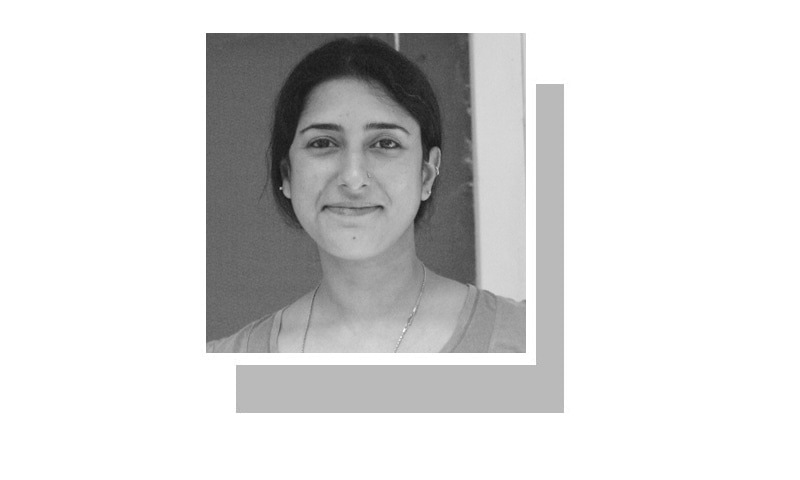
AN acquaintance recently visited one of the largest bookstores in an upscale area of Islamabad, looking for one basic item that he thought would be available anywhere: an Urdu qaida, or a primer for children that teaches the Urdu alphabet and numerals.
To his consternation, the bookstore — which has nearly an entire floor dedicated to just children’s books — didn’t have any. There were any number of equivalents in English, from the bright, hard-page publications designed for babies and preschool toddlers to others graduated along various reading levels. But in Urdu, all that was available was a couple of magazines and a smattering of fiction and non-fiction books — mostly the well-known names such as the poetry of Allama Iqbal or Faiz Ahmed Faiz, or the novels of Intezar Husain and Quratulain Hyder.
The three other bookstores in the same market didn’t produce what he was looking for either.
A few years ago I went hunting in Karachi for a puzzle for preschoolers that bore the Urdu alphabet. I went to upwards of a dozen shops in several of the various malls and shopping complexes that lie in the generally affluent fraction of the city that is on the seaward side of Clifton Bridge.
My search produced no suitable rewards. Wherever I asked, the shopkeepers tended to look at me in surprise and say that there was no market for stock in Urdu. Finally, at one shop I found what I was looking for. It was when I sat down to go over the ‘alif bay pay’ with a child that I discovered the truth: it wasn’t the Urdu alphabet at all but the Arabic one.
How well is Urdu doing in Pakistan?
Over the years, I have heard many similar accounts. Reading material, and teaching aids and tools for children in English abound in our bookstores and toyshops, but Urdu is quite woefully represented. In schools, too, this situation seems to be being mirrored. Almost all the people I know lament that while their children study the subject in school for pretty much the same number of years as they are taught English, which is for many not even their second but third language, they have nowhere near the same proficiency or interest in Urdu.
So are all the doomsday seers right when they say that Urdu is a dying language in the very country where it is also the national language? Those that believe that under cultural attack from the West and the East, Pakistanis are losing access to a vast wealth of literature, literary traditions and heritage? The ones to decry everything from Hollywood to Bollywood and all that lies in between? From the accounts recorded above, it would appear that this is indeed the unfortunate situation.
And yet.
It is also a fact that over recent years, the country has seen the inception of a number of new newspapers in Urdu. This is true especially in Punjab, where by some estimates near a dozen new dailies have started being published, not a small figure when you take it in proportion to how many dailies exist in the country across all languages spoken here. And not only are all these new entrants to the newspaper markets selling to various levels of circulation, they are all in fairly robust financial health. That would indicate that Urdu is certainly in mass consumption in the country. It is also a fact that in terms of the sheer number of copies circulated, an Urdu-language paper almost always beats its English-language counterpart in Pakistan.
And, the Urdu press is flourishing beyond Pakistan’s borders as well. The number of journalists — writers, subeditors, researchers, etc — who move abroad in order to work in the same industry in Urdu beats those who earn their bread through English. In particular, in the US, Canada and the UK, there are newspapers for the Pakistani diaspora, and they are in Urdu (though these dynamics appear to be set to change now, as the Urdu-speaking generation of immigrants is gradually replaced by sons and daughters who might be able to speak the language, but few of whom may know how to read and write it).
It is also a fact that while the posh areas of Karachi or Lahore or Islamabad may not feature bookstores stocking a large choice of Urdu literature and teaching aids, the Urdu bazaars and Saddars and Anarkalis have a vast abundance; the publishing industry is doing well.
Is it the upper classes, then, that are increasingly cutting themselves off from their language and all the profundities and experiences contained within? Have we reached such an extreme point of self-loathing?
It was an Urdu teacher at an upmarket Karachi school, after all, who told me that most of their students struggle with Urdu. “But then,” she laughed, “it is such a boring subject!”
The writer is a member of staff.
Published in Dawn, September 11th, 2017











































